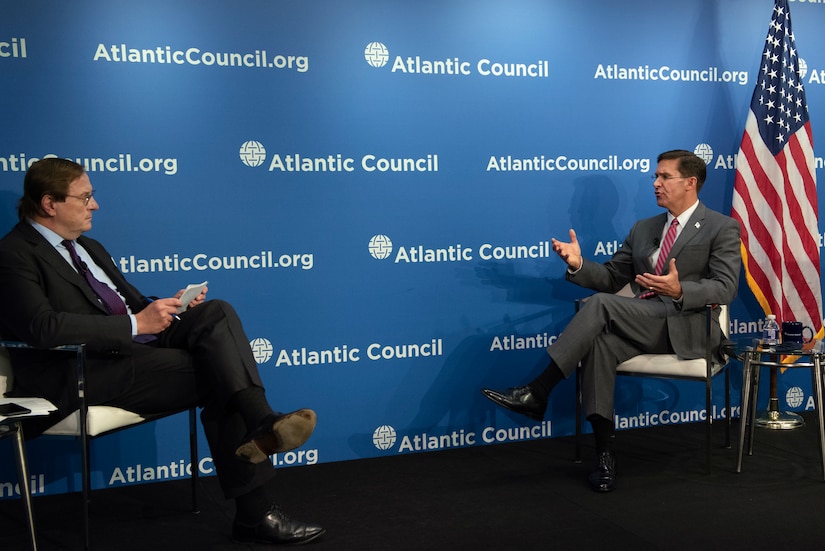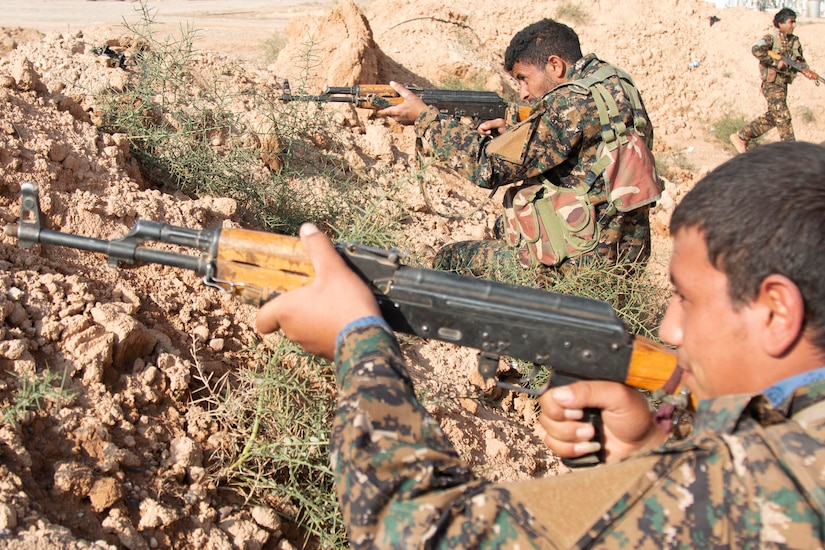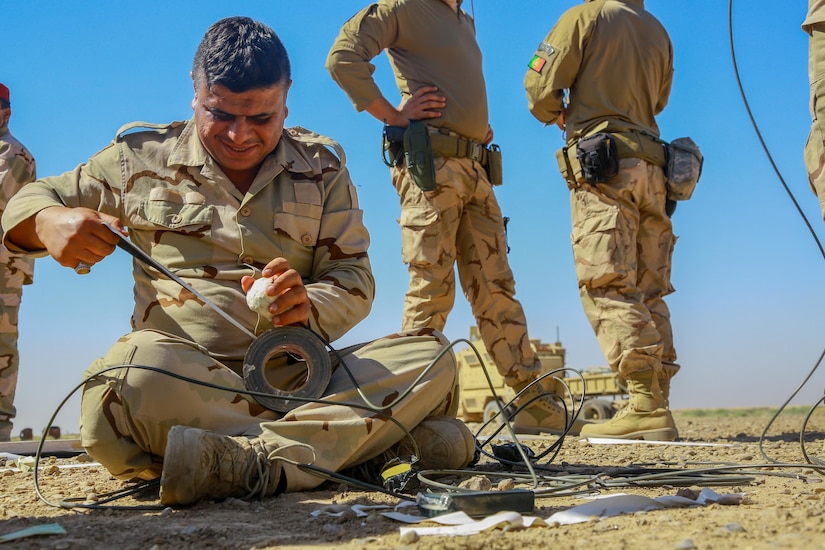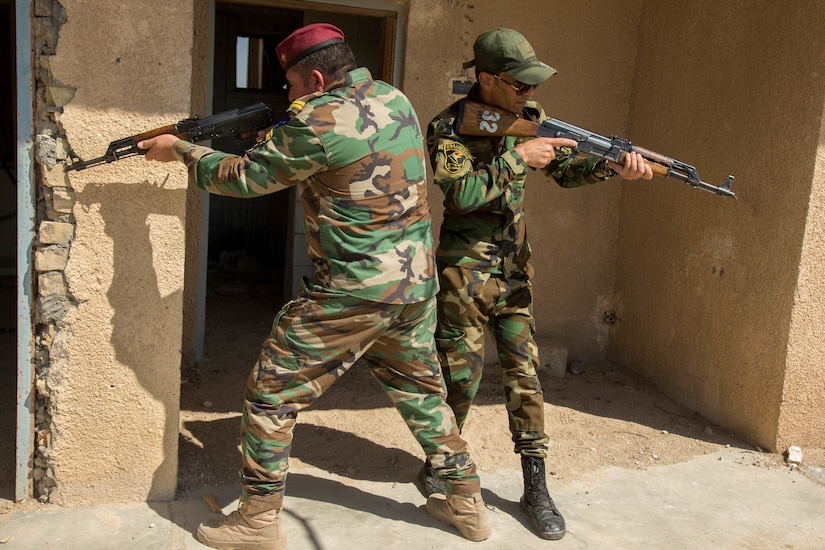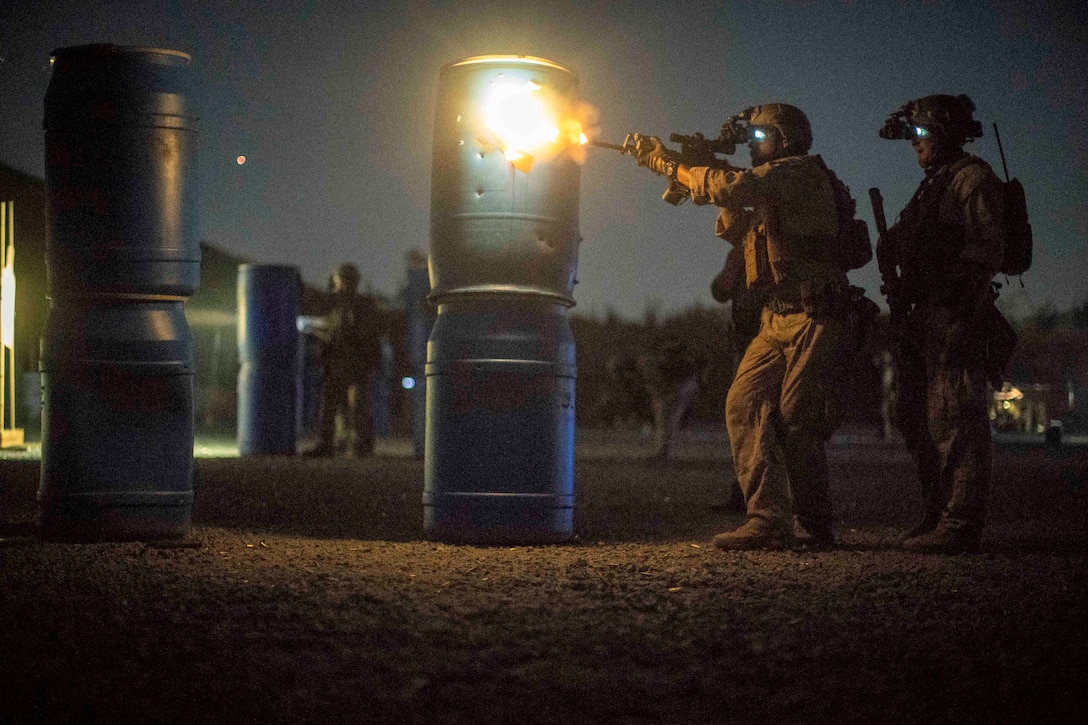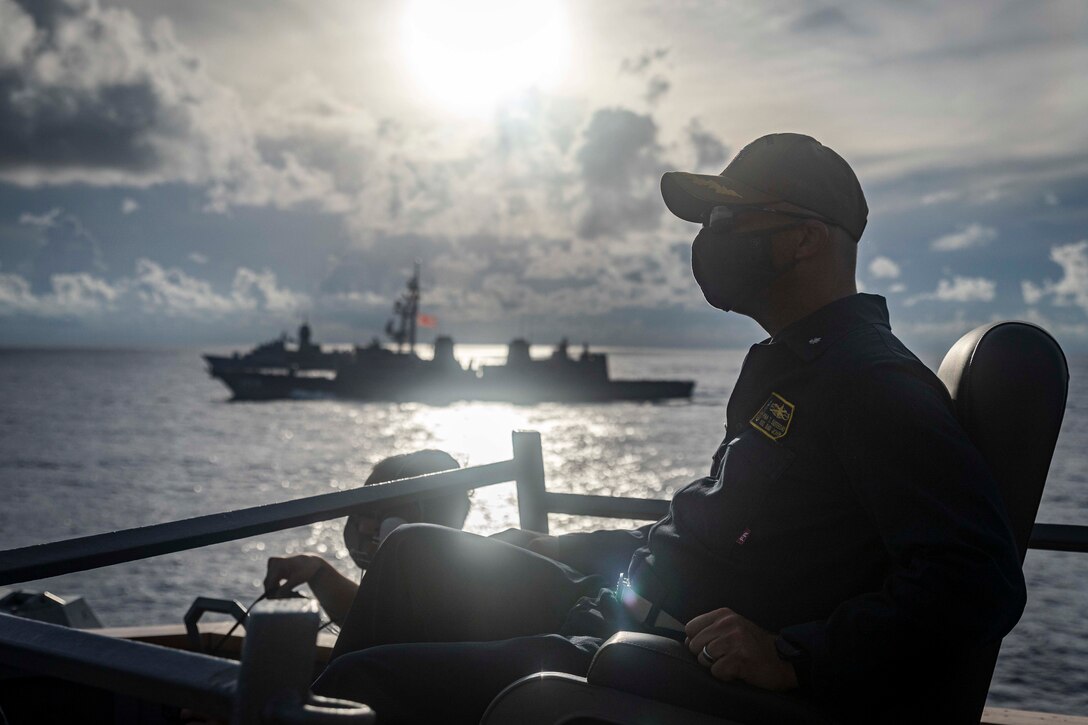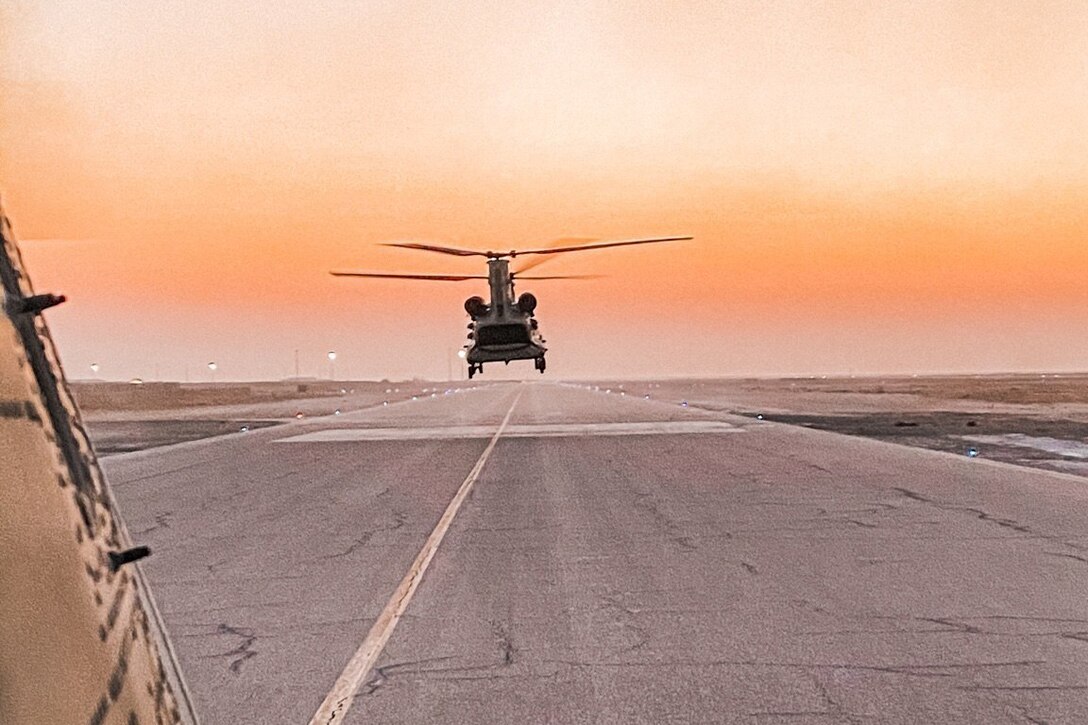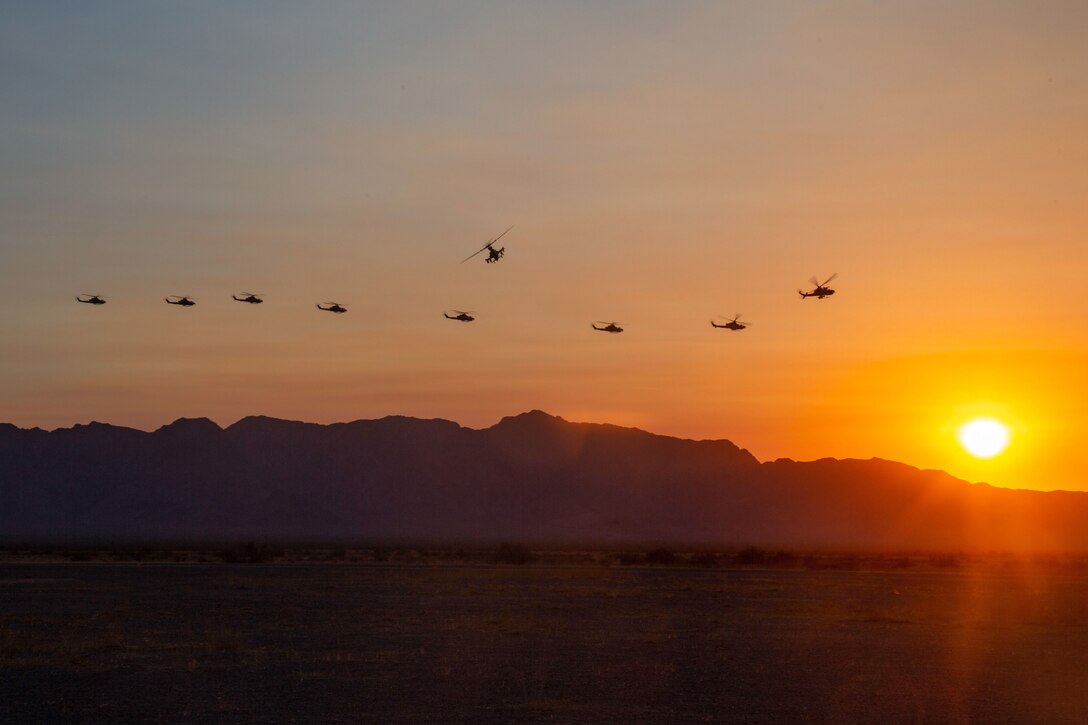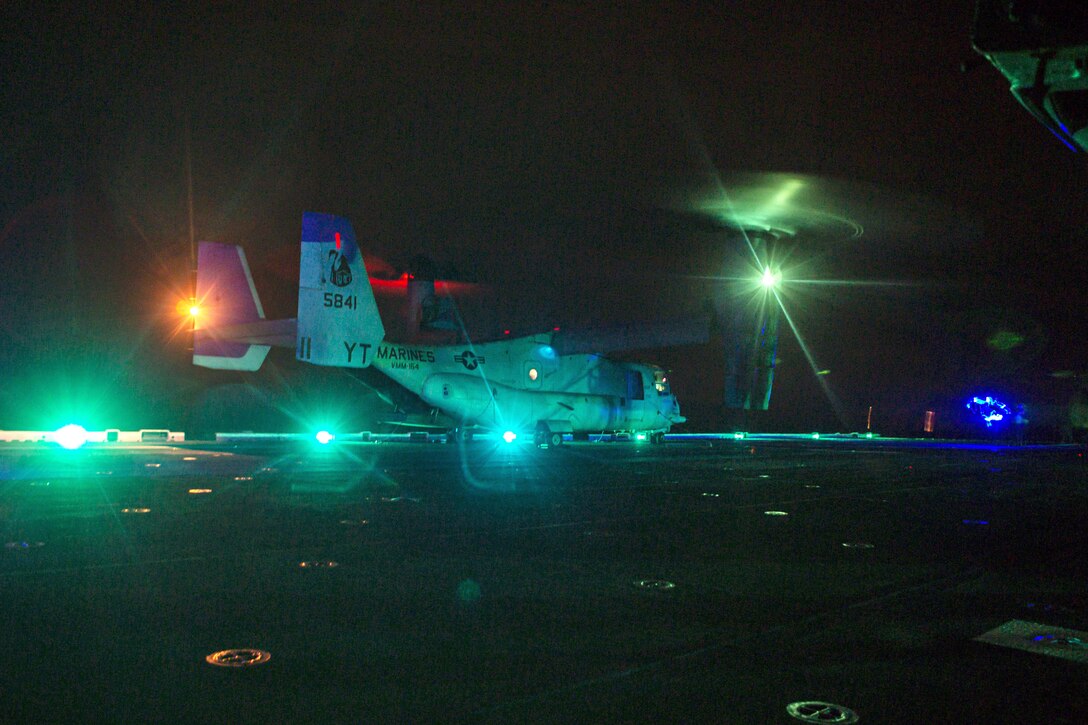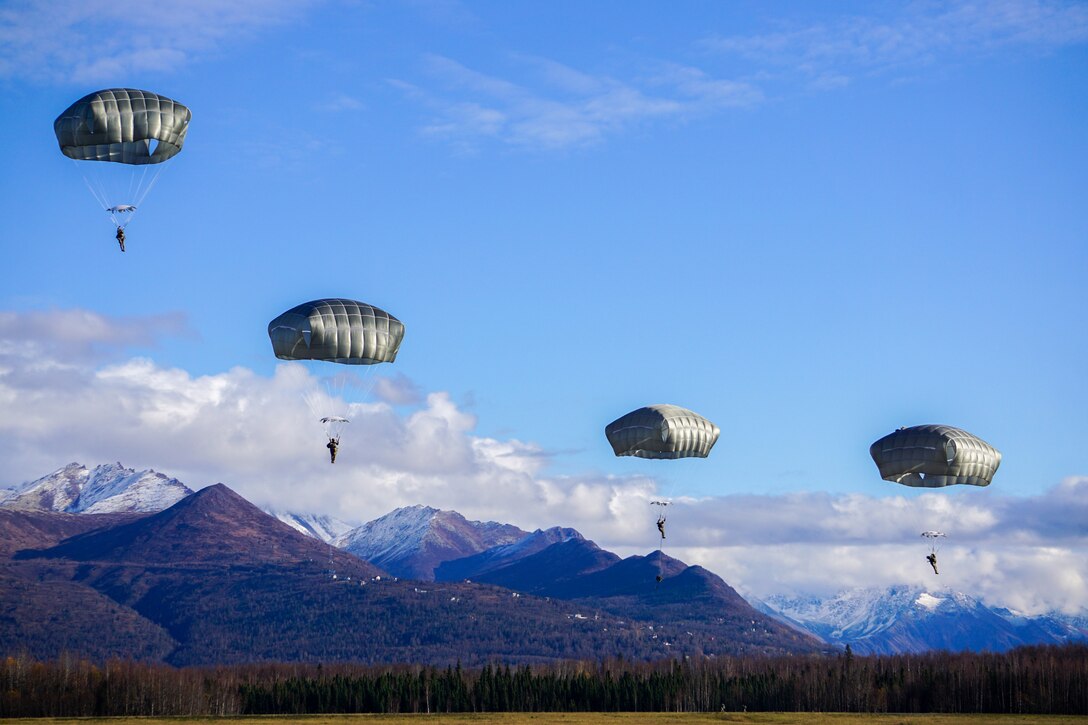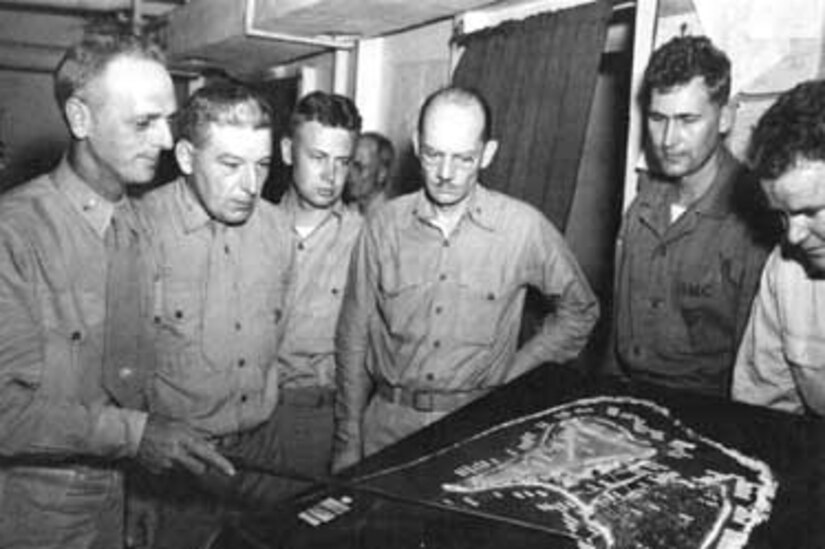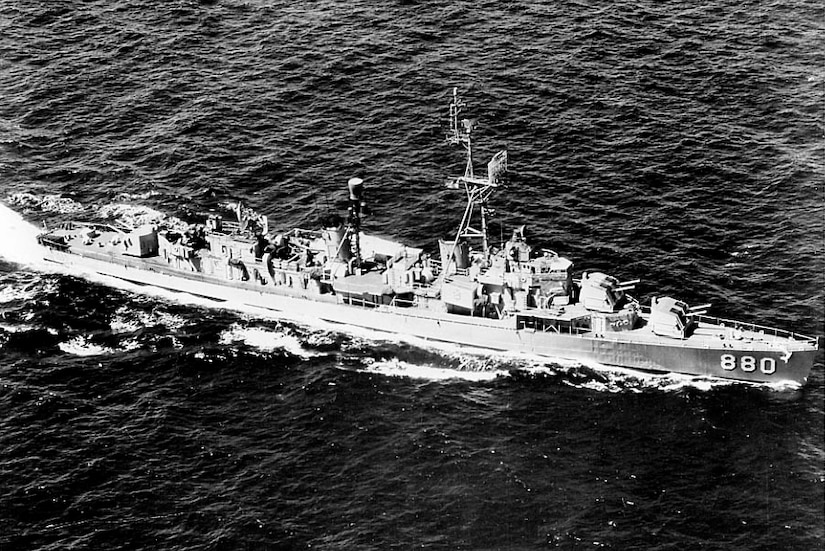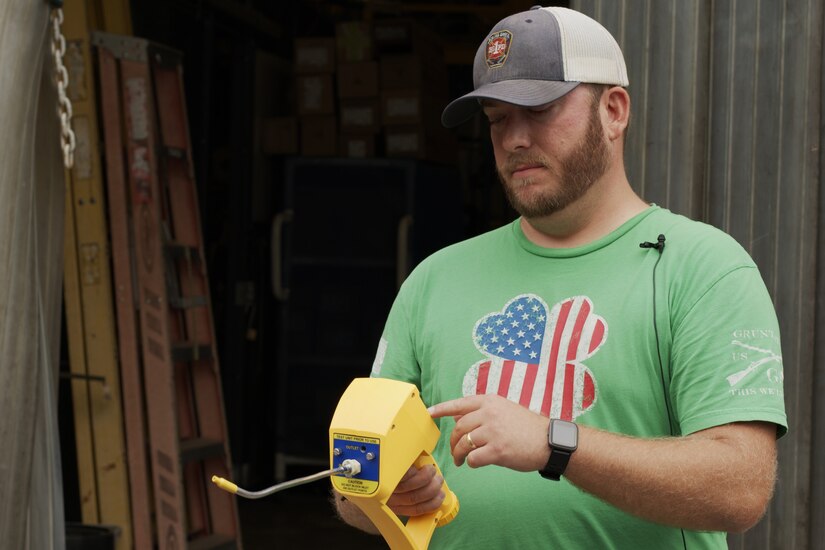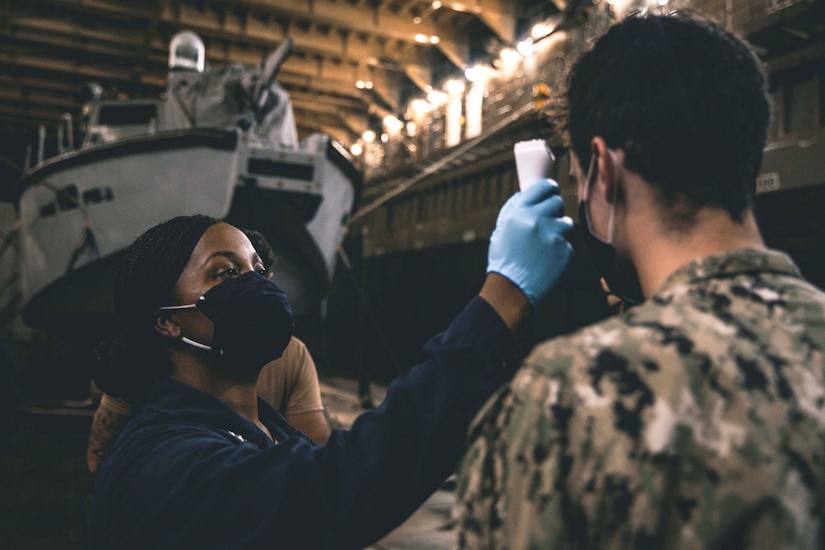Oct. 20, 2020
As Delivered by
Secretary of Defense
Dr. Mark T. Esper
Well, good afternoon, and thank you, Fred, for that
kind introduction. It’s great to see you again. And thank you also for
the quick remembrance of General Brent Scowcroft. He was a great man, an
outstanding leader, and he is missed by all. He taught us all a great
deal. So thank you for that too.
It’s a pleasure to be here with all of you, and I want to thank the
Atlantic Council for hosting today’s discussion. For decades, your
expertise has been vital to strengthening transatlantic ties, and will
be even more critical in the years ahead as we face an increasingly
complex security environment.
Since my confirmation as Secretary of Defense well over a year ago,
my number one priority has been implementing the National Defense
Strategy. The NDS tells us that we are now in an era of great power
competition, with our primary competitors being China and Russia. At the
same time, we face ongoing threats from rogue states such as North
Korea and Iran. And finally, regrettably, we will be dealing with
Violent Extremist Organizations for years to come.
As we prepare the Department for these challenges, the NDS guides us
along three lines of effort: first, improving the lethality and
readiness of the force; second, strengthening alliances and building
partnerships; and third, reforming the Department to redirect our time,
money, and manpower to our highest priorities. I also added a fourth,
personal priority: taking care of our Service members and their
families.
To drive lasting change across an enterprise as large and complex as
the Defense Department, we distilled these three lines of effort into
ten targeted goals. These include tasks from focusing the Department on
China, updating our key war plans, and modernizing the force by
investing in game-changing technologies, to reforming the Fourth Estate,
achieving a higher level of readiness, and implementing enhanced
operational concepts such as Dynamic Force Employment. It also includes
establishing realistic joint war games, exercises, and training plans,
and developing a modern joint warfighting concept that will ultimately
become doctrine.
I’m proud to report that we’ve made solid gains across the board. In
recent weeks, I’ve detailed our progress in improving readiness across
all three services and building a more lethal force, namely a future
Navy of more than 500 manned and unmanned ships called Battle Force
2045. Today, I’d like to focus on another top 10 goal: developing a
coordinated strategic approach to strengthen alliances and build
partnerships.
Forged through the fires of combat and shared sacrifice, America’s
network of allies and partners provides us an asymmetric advantage our
adversaries cannot match. Rooted deep in our common values and
interests, many of these relationships have weathered the storms of
history and remain the backbone of the international rules-based order.
Most people are familiar with the critical role that America’s oldest
ally – France – played in our Nation’s founding. But lesser known is
the fact that 1,800 Knights and volunteers from Malta enlisted in the
French Navy to aid Americans in the cause for freedom. Together, they
played a decisive role in the Battle of the Chesapeake, cutting off
maritime support to British forces at Yorktown, and ultimately forcing
their surrender.
Only a few decades later, Malta stepped up again, providing a key
port for American ships in the fight against the Barbary pirates.
And in the 20th century, the United States answered the call after
Axis powers waged a relentless bombing campaign against Malta during
World War II. Through resupply operations, Allied nations broke the Axis
siege, rescuing the people of Malta and establishing a launch pad for
victory in North Africa.
Today, our two nations remain steadfast partners, and several weeks
ago, I visited Malta to see our cooperation in action at the crossroads
of the Mediterranean, and discuss the challenges we jointly face in
North Africa. Examples like these illustrate the importance of aligning
with like-minded nations – large and small – to maintain the free and
open order that has served us all so very well for decades.
Today, our global constellation of allies and partners remain an
enduring strength that our competitors and adversaries simply cannot
match. In fact, China and Russia probably have fewer than ten allies
combined. However, our ability to maintain this advantage is not
preordained, nor can we take our longstanding network of relationships
for granted.
On one hand, our primary competitors – China and Russia – are rapidly
modernizing their armed forces, and using their growing strength to
ignore international law, violate the sovereignty of smaller states, and
shift the balance of power in their favor.
China’s militarization of land features in the South China Sea and
Russia’s attempted annexation of Crimea and incursion into eastern
Ukraine demonstrate their brazen attempts to chip away at the autonomy
of others and undermine the resilience and cohesion of countries and
institutions critical to U.S. security, including NATO.
On the other hand, Beijing and Moscow are also using broader yet more
subtle means to exert economic leverage over such nations and
institutions and coerce them into suboptimal security decisions.
Through its One Belt - One Road Initiative, the PRC is expanding its
financial ties across Asia, Europe, Africa, and the Americas, with the
ulterior motive of gaining strategic influence, access to key resources,
and military footholds around the world.
In fact, the smaller the nation and the greater its needs, the heavier the pressure from Beijing.
For example, Belt and Road Investments have created unhealthy
economic dependencies in Burma, and they have pushed Laos into an
unsustainable debt burden. In Cambodia, China has received generous land
entitlements to construct ports, airfields, and associated
infrastructure that could be used for military purposes to extend
Beijing’s strategic reach.
Helping other nations resist aggressive military posturing, financial
entrapments, and other forms of coercion will require us to break from
business as usual.
It will require us to align the Department’s efforts and resources for maximum impact and influence.
And it will require us to think and act more strategically and competitively.
Today, I’d like to share with you two recent initiatives that will
help us do just that: the first being the brand new Department of
Defense Guidance for Development of Alliances and Partnerships – we call
it the GDAP – and the second being Defense Trade Modernization.
Together, these efforts will help us build the capacity and
capabilities of like-minded nations and foster interoperability with
friendly militaries, while promoting a stronger domestic industrial base
that can compete in the global marketplace.
First, to meet the demands of 21st century great power competition, I
directed the Pentagon’s Office of Policy to develop a
first-of-its-kind, comprehensive strategic approach to strengthening
alliances and building partnerships.
And earlier this month, I’m proud to report that we officially set
this into motion when I signed out the GDAP, which will drive this new
strategy for how we engage with allies and partners around the globe.
In the past, our international engagements were guided by regional
priorities and interests. But we are now in an era of great power
competition that is global in nature. This reality requires a common set
of priorities across the Office of the Secretary of Defense, the Joint
Staff, the Services, and the Combatant Commands, that will drive our
interactions with our foreign counterparts and improve our
effectiveness.
More specifically, the GDAP will enable us to: prioritize, align, and
synchronize our security cooperation activities across Title 10
authorities to build partner capacity; better articulate the
Department’s needs for priority ally and partner warfighting roles
through future force planning; focus our efforts to help them shape
their militaries into more capable forces; and measure and track our
progress across a wide range of tools available to the Defense
Department.
For example, I have focused the Department’s management team on four
important elements of the Department’s competitive tool kit: key leader
engagement, International Professional Military Education, the State
Partnership Program, and Foreign Military Sales.
First, under key leader engagement, we are developing detailed ways
to prioritize engagements, establish a common set of objectives, and
chart our progress with each country. In any given week, scores of
senior leaders from across the Department are engaging with their
counterparts around the world. Over the past year, I have personally
conducted over 200 meetings with foreign partners from over 60 countries
across the globe. In the last month alone, I traveled to six countries
in North Africa and the Middle East; met with Defense Ministers of eight
countries from Europe and Asia; and conducted calls with another six,
as well as NATO Secretary General Stoltenberg.
Previously, we did not have a central repository for tracking senior
leader engagements across the enterprise, let alone directing them, and
then measuring progress against our collective goals. It is very
difficult to improve a process – let alone a relationship – if you don’t
have a goal, and you don’t measure it. Nor can you make a resource like
key leader engagements more effective in strategic competition if you
don’t monitor and assess it. So we are now tracking and analyzing these
engagements across the enterprise. This tool will also give senior
leaders enhanced awareness on areas to engage and advocate for
participation in exercises, for key Foreign Military Sales, and for
other means to help build the capability and capacity of ally and
partner militaries.
Here’s how we’re putting this into action. In preparation for the
upcoming NATO Defense Ministerial, I recently held bilateral meetings
with our allies Romania and Bulgaria to further expand our defense
cooperation, to discuss ways to optimize our force posture on the
continent, and enhance the deterrence of Russia in the Black Sea
region.
These types of targeted key leader engagements will be essential as
we implement the reform plan we announced this summer to reposition our
forces in Europe to better align with great power competition. In
consultation with our allies, we will continue to refine and enhance our
moves in line with our five key principles:
Number one, enhance deterrence of Russia.
Number two, strengthen NATO.
Number three, reassure allies.
Number four, improve U.S. strategic flexibility and European Command operational flexibility
And number five, take care of our Service members and their families in the process.
Indeed, since that announcement, as well as the signing of the
Defense Cooperation Agreement with Poland, my recent meetings with the
Defense Ministers from Romania and Bulgaria, and correspondence received
from Baltic States, there is now the real opportunity of keeping the
2nd Cavalry Regiment forward in some of these countries on an enduring
basis.
Moreover, when I address the entire Alliance later this week, I will
continue to push for improving readiness, increasing burden sharing, and
solving common challenges in light of my recent bilateral discussions.
We have made solid progress in several areas these past few years.
When it comes to burden sharing, for example, from 2016 to now our NATO
allies have added a total of $130 billion to defense spending thanks to
the United States’ leadership. Even better, we expect that figure to top
$400 billion by 2024.
As of June, nine Allies were meeting the two percent of GDP defense spending commitment. That is up from five in 2016.
And while we recognize the challenges and costs posed by the COVID
pandemic, our threats today have not diminished. Rather, they have only
been exacerbated as nations turn inward to recover, and our competitors
seek to exploit the global crisis.
That is why we urge all member states to uphold their commitments and
contribute more to our collective security. This goes beyond NATO as
well. We expect all allies to invest more in defense – at least two
percent of GDP as the floor. We also expect them to be ready, capable,
and willing to deploy when trouble calls. And we expect them to stand
shoulder-to-shoulder with the United States in confronting Chinese bad
behavior and Russian aggression. To overcome the increasingly-complex
threats in the 21st century and defend our shared values, there can be
no free riders to our common security.
A second tool we use to operationalize the GDAP is International
Professional Military Education. One of our best means for strengthening
existing partnerships and cultivating new ones is education and
training programs, especially those run right here at home.
The United States provides allies and partners with access to almost
400 U.S.-led Professional Military Education courses for the next
generation of foreign leaders to learn alongside our best and brightest.
I have personally benefited from these sorts of programs, from
attending West Point with students from other countries, to training at
the Hellenic Military Academy in Greece as a cadet, and studying with an
officer from Africa during the Army’s Infantry Officer Basic Course in
1986.
Programs like these promote closer relationships with valuable
partners around the world while also introducing them to our training,
equipment, values, and way of life. That is why I have asked the
Department to find ways to expand the programs with the highest
potential for enduring impact, increasing their student participation by
10 percent in fiscal year 2021, and over 50 percent between fiscal year
2021 and 2025. At the same time, we need Congressional support for
expanded Defense Department authority to conduct these programs if we
are to truly maximize their impact over the long run.
Third, we are exploring ways to optimize and expand the State
Partnership Program. Established in 1993 by the National Guard Bureau,
this program was designed to build relationships with former Soviet Bloc
nations. Starting with just three partnerships in the Baltics, today it
boasts 82 around the world – and each U.S. state, territory, and the
District of Columbia has at least one partner.
The program continues to grow and expand with four relationships
pending. I’d like to add eight on top of that by the end of 2025. To
support this we are looking at increasing funding and making those
resources more consistent and predictable – but we need Congressional
support to do so.
At the same time, the program must also shift its focus to frontline
and emerging partner nations to compete with China and Russia. We will
undertake an independent strategic evaluation to look at all existing
partnerships to help us find efficiencies and increase the effectiveness
of this important program.
Finally, under Foreign Military Sales, we are focused on the need to
better utilize our premier equipment, technology, and systems as a
strategic tool to improve ally and partner warfighting capabilities,
while building interoperability with our Armed Forces and deepening the
relationship between our countries.
In fiscal year 2019, we maintained sales of more than $55 billion for
the second consecutive year, which increased our three-year rolling
average for sales by 16 percent.
In the Indo-Pacific alone, there are currently worth – more than $160
billion worth of projects under way, including $22 billion in newly
initiated projects in this fiscal year alone – which is almost half of
all Foreign Military Sales globally. We are providing F-35 aircraft to
Japan, Seahawk and Apache helicopters to India, and F-16 fighter jets to
Taiwan, to name a few examples.
And as a supplementary tool to counter Chinese aggression, we are
also delivering excess defense articles to partners in the region. For
instance, we are providing Vietnam an additional high-endurance coast
guard cutter for enhanced maritime security in the South China Sea.
The strength of Foreign Military Sales as a tool for advancing our
relationships is equal to its potential for unleashing our domestic
industrial base for innovation at home and strategic competition in the
global marketplace.
So in line with the GDAP, we launched a complementary, parallel
effort to further prepare the Department for Great Power Competition:
Defense Trade Modernization.
This initiative seeks to solve two core problems. First, I continue
to hear from foreign Defense Ministers and U.S. industry that our
defense export processes are often too slow, opaque, and complicated.
Second, we must compete with China and Russia, whose state-owned
industries can fast track military exports in ways that we cannot – and
would never want to in many cases. As Beijing and Moscow work to expand
their share of the world’s weapons market, they attract other countries
into their security networks, challenge the United States’ efforts to
cultivate relationships, and complicate the future operating environment
at the same time.
In light of these challenges, we set out to reform our approach to
make the United States more competitive in the global marketplace and to
strengthen our cooperation with allies and partners. Going forward, and
in closer collaboration with industry, the Department will take a more
strategic, enterprise approach to Foreign Military Sales and security
cooperation.
That is why, last month, I directed several changes to our defense export systems across four key areas:
Number one, require early exportability for critical weapon systems.
Two, institute an agile framework for technology release.
Three, prioritize countries or capabilities – or both – to capture or keep key markets.
And four, improve the predictability of international demand to
inform commercial investments and increase industrial capacity
As part of these efforts, we are developing a Foreign Military Sales
dashboard, informed by the GDAP, that will track the most important
cases moving along the process to ensure our partners get the equipment
and systems they need, when they need them. Moreover, it will prioritize
cases that enhance lethality and interoperability with the U.S., enable
the domestic industrial base, and deny market space to China and
Russia.
Another example of Defense Trade Modernization in action was our work
with the White House and interagency to modernize the regulations
governing exports of unmanned aerial systems. Decades old rules
handicapped our industrial base – and by extension, our partners – by
unnecessarily limiting UAS sales. Through the President’s actions this
summer, we will bolster our economic security at home, while improving
the capabilities of our partners abroad.
In the months and years to come, these efforts will provide a
cohesive, coordinated, and measurable approach for how we invest in,
enhance, and assess our defense cooperation worldwide.
Great power competition requires us to engage with every nation more
strategically, no matter its size. We cannot overlook countries like
Malta – as history has shown.
As an example of our new way of thinking, earlier this summer, I
became the first Secretary of Defense to visit Palau – a small island
country, but critical to power-projection in the Western Pacific. A year
before that, I visited Mongolia, another important country in a
geo-strategic location.
At the other end of the spectrum, we need to strengthen ties with large like-minded democracies, such as India and Indonesia.
Last week, I hosted the Indonesian Defense Minister at the Pentagon
to discuss issues ranging from joint training and arms sales, to
personnel exchanges, human rights, and regional political affairs.
Next week, I’ll travel to New Delhi for the third 2+2 Ministerial
Dialogue between our countries. Established in 2018, these meetings
reflect our nations’ ever-increasing convergence on the strategic issues
of our time.
Last year, we conducted our first-ever tri-service military exercise –
TIGER TRIUMPH – with India. And in July, the USS Nimitz conducted a
combined exercise with the Indian Navy as it transited the Indian Ocean.
We also held our first ever U.S.-India defense cyber dialogue in
September, as we expand our collaboration into new domains. Together,
these efforts will strengthen what may become one of the most
consequential partnerships of the 21st century.
As we continue to bolster strategic relationships with like-minded
nations, we are also deepening cooperation with our most loyal partners.
Shortly after the signing of the historic, U.S.-facilitated Abraham
Accords, I hosted my Israeli counterpart at the Pentagon to reaffirm the
United States’ commitment to Israel’s qualitative military edge. And I
hope to visit Tel Aviv in the coming weeks to follow up on our
discussions.
We continue to work closely to develop advanced capabilities,
particularly in missile defense. In August, our two nations completed a
successful test of the Arrow 2 air defense system by intercepting a
Medium Range Ballistic Missile target. And in September, the U.S. Army
took delivery of its first IRON DOME missile defense system, increasing
our capability to defend against a wide range of airborne threats.
Meanwhile, the signing of the Abraham Accords by the United Arab
Emirates and Bahrain reflect their leadership in the Middle East. To
address Iranian aggression in the region, both nations helped form the
International Maritime Security Construct, and Bahrain now hosts its
headquarters at Naval Forces Central Command in Manama. The IMSC is also
collocated with the Combined Maritime Forces headquarters – a 33-nation
partnership to counter illicit non-state actors and advance freedom of
navigation in the region.
These are the types of targeted engagements and cooperation we hope
to expand in the months and years ahead. As we look to the future, the
groundbreaking initiatives I have laid out today will only further
complement our wide range of objectives that implement the National
Defense Strategy.
For instance, this April, I signed the Joint Operational Training
Infrastructure Strategy to integrate our efforts to modernize
operational training over the next ten years – and fulfill another top
10 goal. The next step in ensuring Joint Force training replicates a
high-end fight against our competitors requires incorporating our allies
and partners.
We’re already moving in this direction as we implement enhanced
operational concepts such as Dynamic Force Employment – also a top 10
NDS goal. Earlier this year, as part of the new Bomber Task Force
missions, a B-1 bomber flew from the continental United States and
integrated with Japanese fighters for joint training near Japan. And in
August, six B-52 bombers from Minot Air Force Base overflew all 30 NATO
countries in a single day, integrating with allied fighter aircraft
along the way. This robust show of force by a broad coalition did not go
unnoticed by Moscow. Neither did our ability to rapidly deploy our
bombers anywhere, at any time, sending a strong message of our
commitment to allies and partners.
Furthermore, as we move through our Combatant Command reviews and
optimize force posture in various theaters, we are considering
additional deployments of the Army’s Security Force Assistance Brigade.
Earlier this year, I directed elements of the Army's 1st SFAB to Africa
to conduct train, advise, and assist missions, while we return elements
of the 101st Airborne Division back home to prepare for high-intensity
conflict. Elements of other SFABs are currently in CENTCOM and SOUTHCOM.
These are just the first of many decisions we will make as we complete
the Combatant Command reviews and pursue innovative means to strengthen
our defense cooperation worldwide, while better preparing for the
high-end fight.
In closing, the United States is – and will remain – the global
security partner of choice, not only because of the actions I laid out
today, but more importantly, because of our capabilities, our
commitments, and our values.
Unlike other competitors, we respect the sovereignty of all nations,
large and small; we uphold international rules and norms; we believe in
the peaceful resolution of disputes; and we promote free, fair, and
reciprocal trade.
And thanks to the efforts described earlier, we will implement the
National Defense Strategy and build a more ready, capable, stronger, and
better connected constellation of allies and partners that is so very
important to our national security. Together, we will continue to deter
conflict, preserve peace, and defend the free and open order that has
served us all so well, for many more generations to come.
Thank you.
